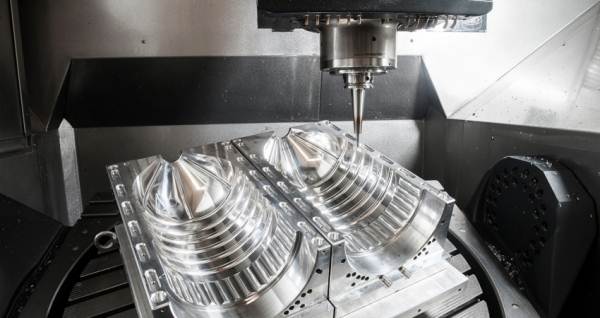Minimum Knowledge of the Mold Manufacturing Industry at College Level
On February 10, 2019, Circular 47/2018/TT-BLDTBXH of the Ministry of Labor, Invalids and Social Affairs (BLDTBXH) promulgating regulations on the minimum amount of knowledge, competency requirements that learners must achieve after graduating from intermediate level, college level in mechanical engineering fields will take effect.
---

Minimum Knowledge in Mold Manufacturing at College Level - Illustrative Image
As stipulated in the regulation on the minimum knowledge volume and competency requirements that students must achieve after graduating from intermediate and college levels in mechanical equipment manufacturing, issued together with Circular 47/2018/TT-BLDTBXH, the minimum knowledge that students must achieve after graduating in mold manufacturing at the college level is as follows:
- Analyze the marks, symbols, visualizations, and regulations related to detail drawings and assembly drawings;
- Compare the differences between the first-angle and third-angle projection methods (E and A);
- Analyze the functions and operating principles of automatic control systems by electricity, electronics, etc., in machine tools;
- Analyze the functions and usage scope of 2D, 3D drawing - designing software and basic CAM (Computer-Aided Manufacturing) programming software in mold processing;
- Describe the mechanical and physical properties of common materials used in mechanical engineering, mold manufacturing materials, and mechanical-thermal treatment methods to enhance mold durability;
- Explain the tolerance and fit symbols noted in drawings and calculate: deviations, tolerances, part dimensions; clearance, interference, and joint tolerances per TCVN and ISO standards;
- Describe and explain the physical phenomena occurring during the processing: mechanical, electrical discharge, forging, casting metals, plastic molding, rubber pressing;
- Describe the functions, structures, operating principles, measurement methods, reading, calibration, and preservation of common measuring tools and equipment in the profession;
- Analyze the functions, structures, principles, working conditions, and technical requirements of molds and mold components;
- Determine the working condition of molds, failure phenomena, causes, and remedies;
- Analyze processing accuracy and methods to achieve processing accuracy;
- Analyze the requirements, principles, and procedures for reference selection; design technological processes, design jigs, and tools for mold processing and assembly;
- Describe the functions, structures, operating principles, technical requirements, technological capabilities of various metal cutting machines, numerically controlled machine tools, pressing devices, die-casting, plastic molding, rubber pressing, and common tools, jigs, and accessories in the profession; pressing devices, die-casting, plastic molding, rubber pressing, and common tools, jigs, and accessories in the profession;
- Describe basic knowledge on politics, culture, society, law, national defense and security, physical education per regulations.
Details can be found at Circular 47/2018/TT-BLDTBXH, issued on December 28, 2018.
Le Vy
---
- Responsibilities of officials of the Ministry of Finance of Vietnam when they are issued Official Passports from November 19, 2024
- 06 solutions to enhance the effectiveness of social policy credit in the new phase in Vietnam
- Financial support level for the purchase and repair of transportation vehicles for the Economic - National Defense Corps in Vietnam from December 30, 2024
- Financial support levels for purchasing and repairing of medical equipment for the Economic - National Defense Corps in Vietnam from December 30, 2024
- Latest regulations on management and use of passports for officials and public employees of the Ministry of Finance of Vietnam
- New regulations on the procedures for veterinary sanitation inspection in Vietnam from January 6, 2025
-

- Responsibilities of officials of the Ministry ...
- 16:00, 23/11/2024
-

- 06 solutions to enhance the effectiveness of social ...
- 15:32, 23/11/2024
-

- Guidelines for registration and organization of ...
- 11:53, 23/11/2024
-

- Contents of audit service quality control in Vietnam
- 11:00, 23/11/2024
-

- Acts in violation of Law on Independent Audit ...
- 10:30, 23/11/2024
 Article table of contents
Article table of contents
